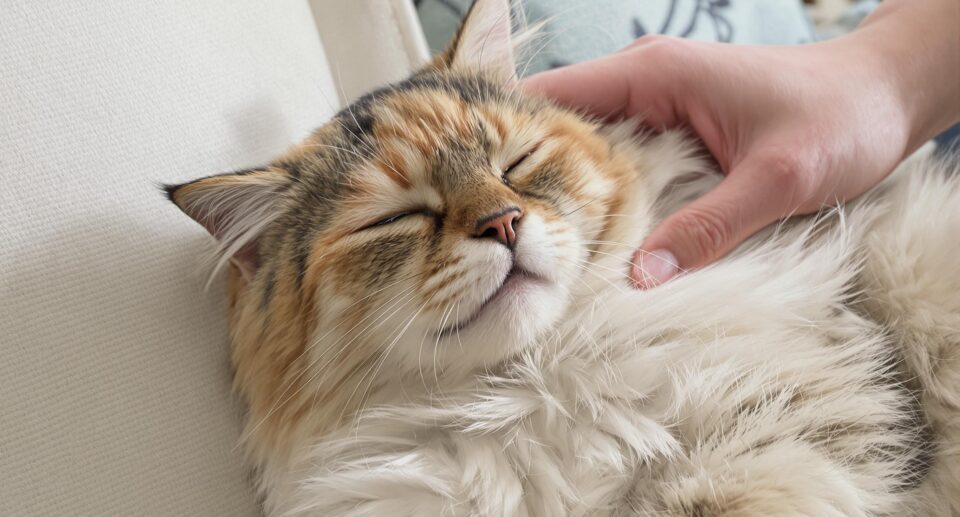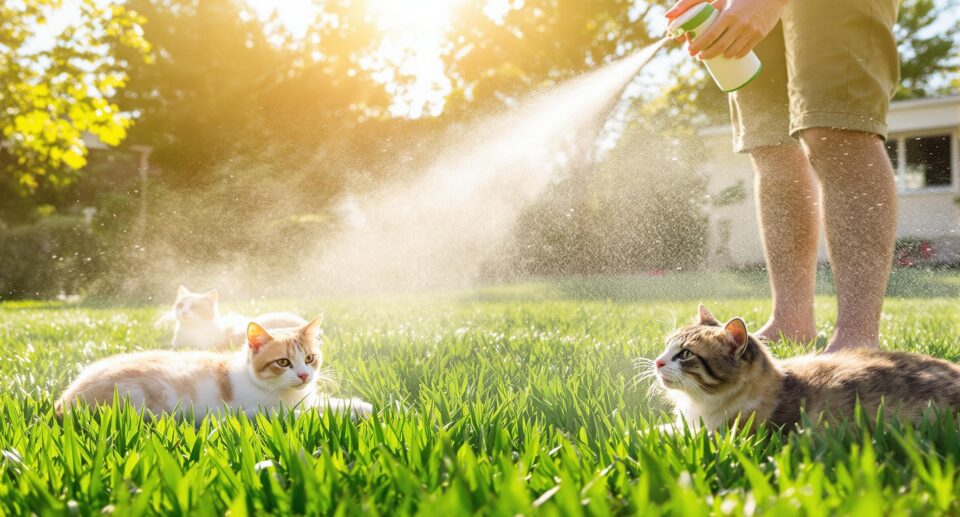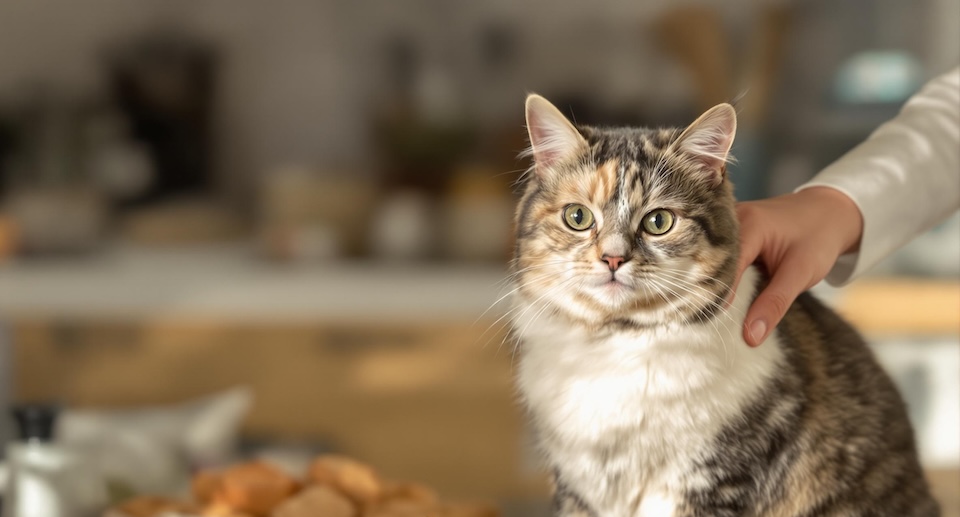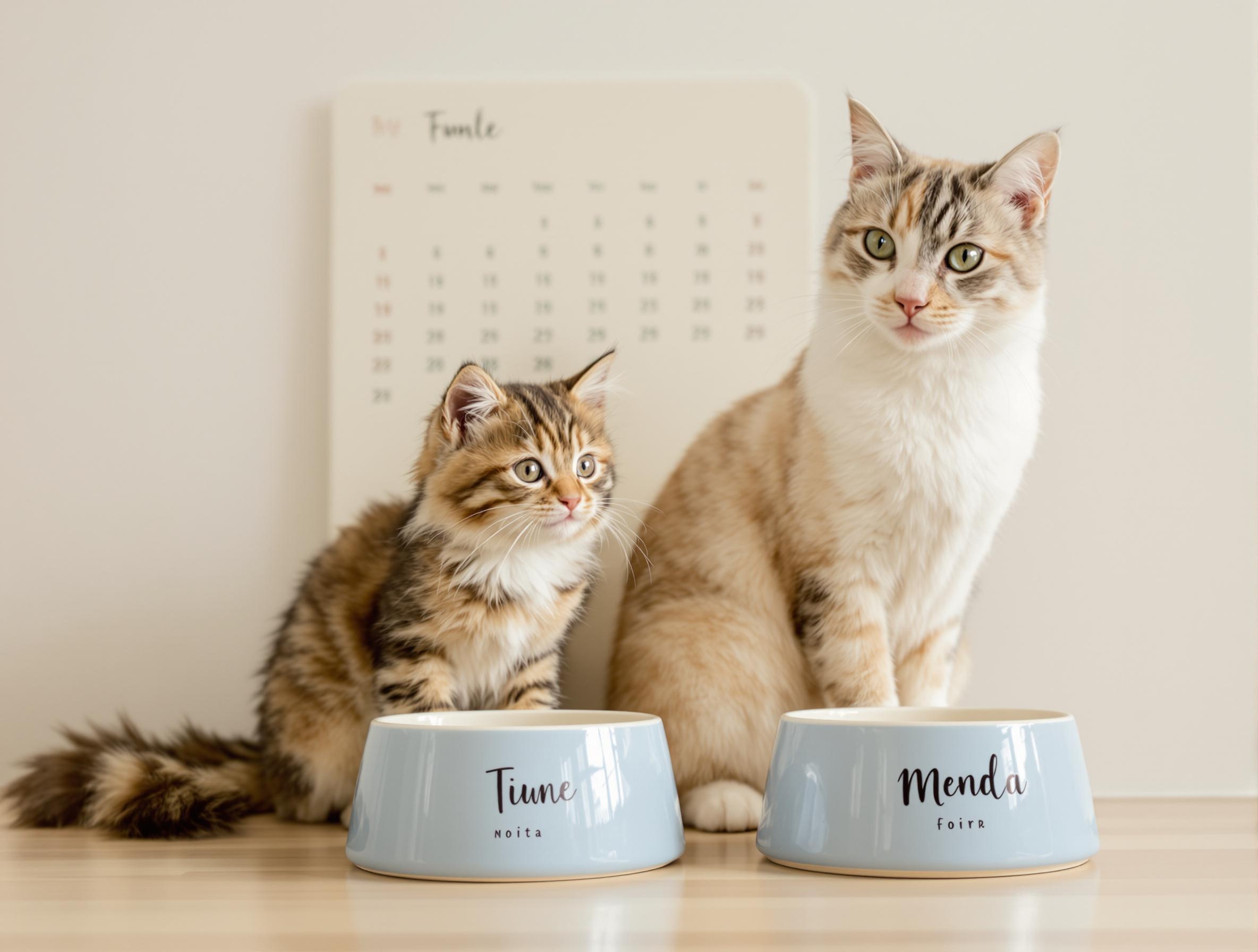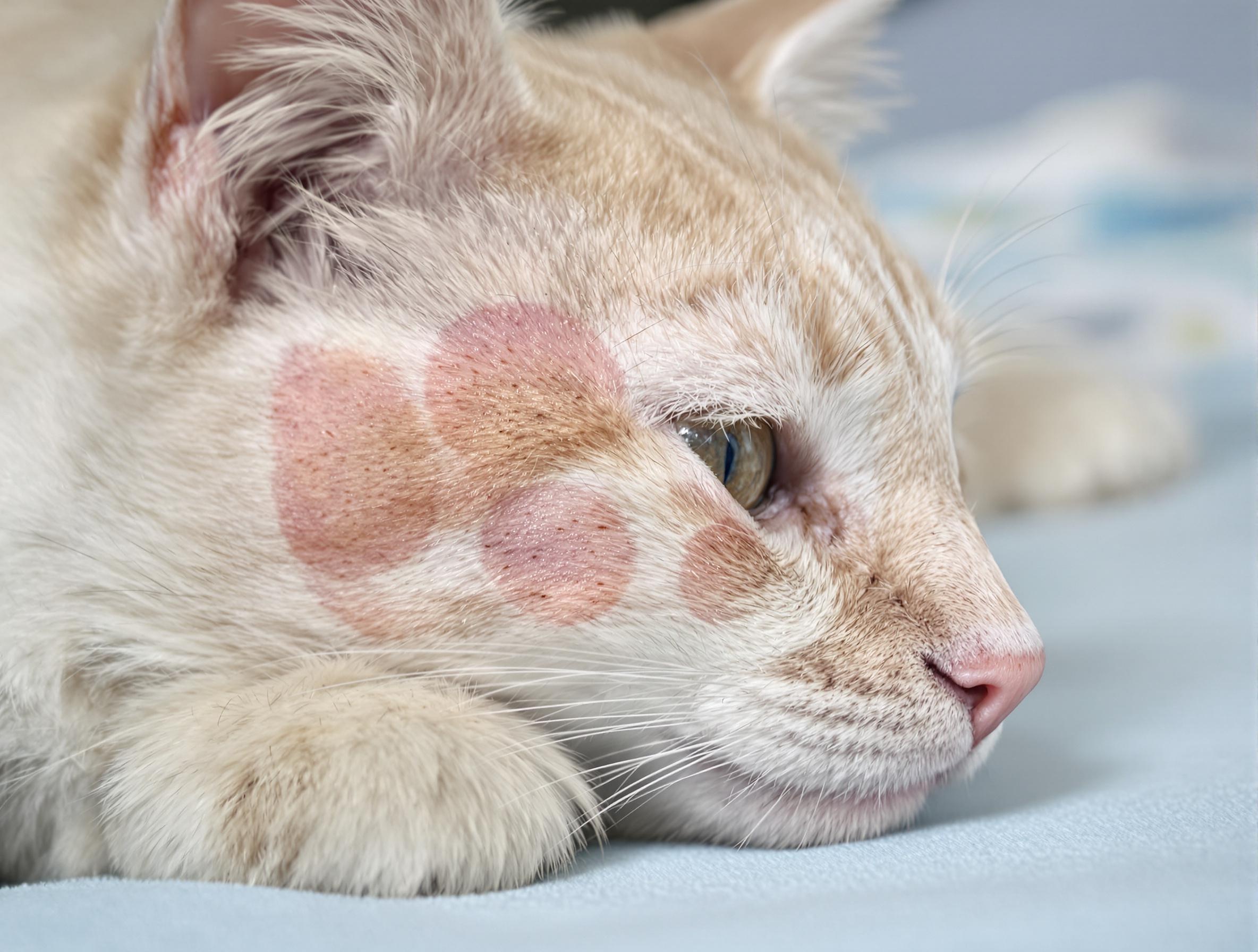Is Free Feeding Bad For Cats
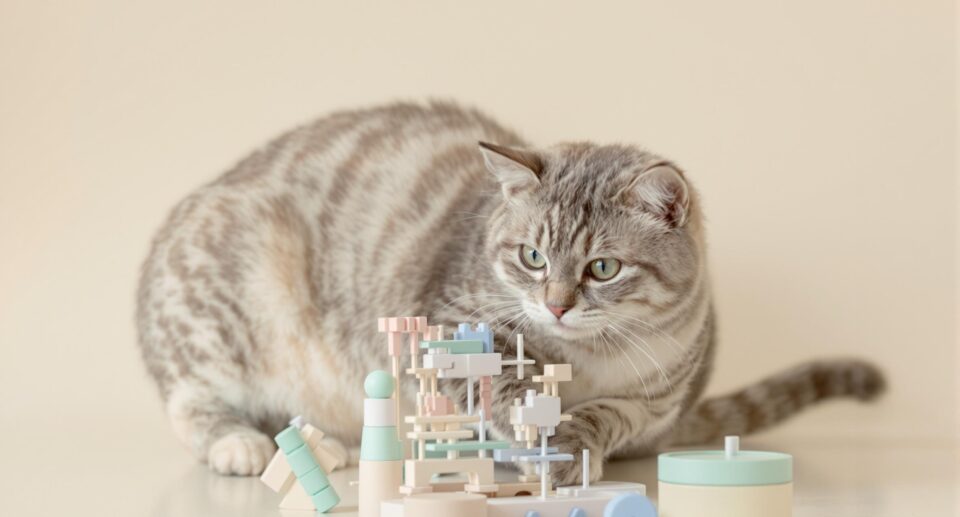
Does your cat prefer to nibble on their food throughout the day, rather than eat at scheduled mealtimes? Grazing, or free feeding, makes it easier to keep your cat’s belly full all day long, but it might not be the best choice for their health.
Free Feeding Vs Scheduled Meals
Cats generally like to eat small meals throughout the day because they are opportunistic hunters. In the wild, they eat what they can, when they can, typically catching small birds, rodents, and bugs up to 20 times per day to fulfill their caloric needs.
Domestic cats, however, do not need as many calories to maintain a more laid-back lifestyle. Even so, they may be tempted to graze on their food throughout the day, even when they’re not hungry.
Around 60% of house cats in the United States are overweight, so there’s a good chance your own cat needs help managing their caloric intake. Your veterinarian can help you determine how much your cat should eat each day.
Free feeding can make it more difficult for you to monitor your cat’s food intake. You may not notice right away if your cat is feeling unwell. Keep an eye on how much your cat eats and call your veterinarian if your cat has a sudden change in appetite.
Does Cat Food Go Bad When Left Out?
While dry food does not go bad quickly, any leftovers should be tossed and replaced after 12 hours. Avoid topping off your cat’s feed dish, as this can leave spoiled food at the bottom. Keep in mind that your cat’s food may attract vermin.
Wet food, on the other hand, can be left out at room temperature for up to four hours before it starts to go bad.
For maximum freshness, only offer your cat a small serving that they can finish in a meal, and refrigerate any leftover wet food within an hour.
Transitioning Your Cat To A Set Feeding Schedule
You can appeal to your cat’s preference for small, frequent meals by measuring their daily serving size and offering them food several times a day. Cats need two meals at minimum.
If your schedule does not allow you to serve your cat throughout the day, you can use puzzle toys that simulate that hunt-and-eat lifestyle. Puzzle toys slow down food consumption and provide a mentally stimulating challenge to help eliminate boredom eating. Even homemade puzzle toys made with empty water bottles or toilet paper rolls can challenge your cat to work for their food.

